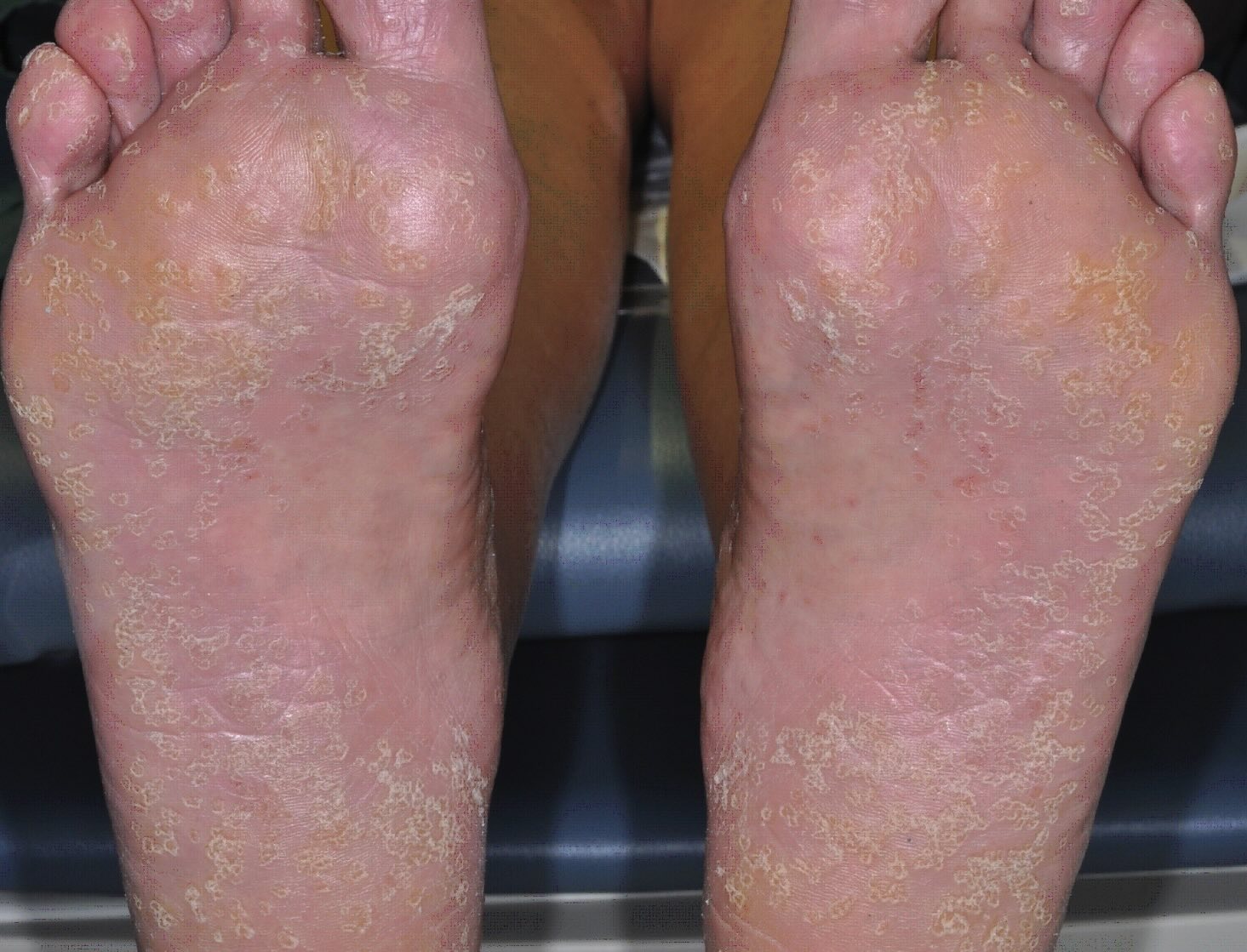
Porokeratosis Plantaris Palmaris et Disseminata (PPPD) is a rare skin disorder that can puzzle even seasoned dermatologists. Affecting the palms, soles, and sometimes other parts of the body, this condition manifests as small, ring-like lesions with a distinct ridge around the edge. PPPD can be uncomfortable and sometimes painful, making daily tasks challenging. The exact cause remains unknown, but genetic factors and immune system issues are suspected contributors. While there is no definitive cure, treatments like topical creams, laser therapy, and cryotherapy can help manage symptoms. Understanding PPPD is crucial for those affected and their caregivers, offering a glimpse into its complexities and potential management strategies.
Key Takeaways:
- PPPD is a rare skin disorder with ring-like lesions on the palms and soles. It can cause itching and pain, but treatments like creams and laser therapy can help manage symptoms.
- Research into genetic mutations and new treatments for PPPD is ongoing. Joining support groups and staying informed can help individuals manage the condition and improve outcomes.
What is Porokeratosis Plantaris Palmaris Et Disseminata?
Porokeratosis Plantaris Palmaris Et Disseminata (PPPD) is a rare skin disorder. It primarily affects the palms and soles but can spread to other areas. This condition is characterized by the presence of small, ring-like lesions.
-
Rare Condition: PPPD is a rare genetic disorder, affecting only a small percentage of the population.
-
Genetic Link: It often runs in families, suggesting a genetic component.
-
Ring-like Lesions: The hallmark of PPPD is the presence of small, ring-like lesions on the skin.
-
Palms and Soles: Lesions typically appear on the palms of the hands and soles of the feet.
-
Dissemination: Over time, lesions can spread to other parts of the body.
Symptoms and Diagnosis
Understanding the symptoms and how PPPD is diagnosed can help in early detection and management.
-
Itching and Pain: Lesions can cause itching and pain, making daily activities uncomfortable.
-
Thickened Skin: Affected areas often have thickened, rough skin.
-
Biopsy for Diagnosis: A skin biopsy is usually performed to confirm the diagnosis.
-
Histological Features: The biopsy reveals specific histological features, such as cornoid lamellae.
-
Misdiagnosis: PPPD can be mistaken for other skin conditions, making accurate diagnosis crucial.
Causes and Risk Factors
Several factors contribute to the development of PPPD, though the exact cause remains unclear.
-
Genetic Mutations: Mutations in certain genes are believed to play a role.
-
Sun Exposure: Excessive sun exposure may trigger or worsen the condition.
-
Immune System: An abnormal immune response could contribute to lesion formation.
-
Age of Onset: PPPD often appears in childhood or early adulthood.
-
Gender: Both males and females are equally affected.
Treatment Options
While there is no cure for PPPD, various treatments can help manage symptoms.
-
Topical Treatments: Creams and ointments can reduce itching and inflammation.
-
Cryotherapy: Freezing lesions with liquid nitrogen can be effective.
-
Laser Therapy: Laser treatments can help remove lesions.
-
Oral Medications: In some cases, oral medications may be prescribed.
-
Phototherapy: Light therapy can improve skin appearance and reduce lesions.
Living with PPPD
Managing PPPD involves lifestyle adjustments and ongoing care.
-
Regular Check-ups: Regular dermatological check-ups are essential for monitoring the condition.
-
Moisturizing: Keeping the skin moisturized can prevent dryness and cracking.
-
Protective Footwear: Wearing protective footwear can reduce discomfort on the soles.
-
Avoiding Triggers: Identifying and avoiding triggers, such as excessive sun exposure, can help.
-
Support Groups: Joining support groups can provide emotional and practical support.
Research and Future Directions
Ongoing research aims to better understand PPPD and develop more effective treatments.
-
Genetic Studies: Research into genetic mutations associated with PPPD is ongoing.
-
New Treatments: Scientists are exploring new treatment options, including targeted therapies.
-
Clinical Trials: Participating in clinical trials can provide access to cutting-edge treatments.
-
Patient Registries: Patient registries help researchers gather data and identify patterns.
-
Awareness Campaigns: Raising awareness about PPPD can lead to earlier diagnosis and better outcomes.
Final Thoughts on Porokeratosis Plantaris Palmaris Et Disseminata
Porokeratosis Plantaris Palmaris Et Disseminata (PPPD) is a rare skin disorder that affects the palms, soles, and other parts of the body. Understanding its symptoms, causes, and treatments can help manage the condition better. Early diagnosis is crucial for effective treatment, which may include topical medications, cryotherapy, or laser treatments. While PPPD can be challenging to live with, staying informed and seeking medical advice can make a significant difference. Remember, each case is unique, so what works for one person might not work for another. Always consult a healthcare professional for personalized advice. Stay proactive about your skin health, and don't hesitate to seek support from medical experts and community resources. Knowledge is power, and being well-informed can help you navigate the complexities of PPPD more effectively.
Frequently Asked Questions
Was this page helpful?
Our commitment to delivering trustworthy and engaging content is at the heart of what we do. Each fact on our site is contributed by real users like you, bringing a wealth of diverse insights and information. To ensure the highest standards of accuracy and reliability, our dedicated editors meticulously review each submission. This process guarantees that the facts we share are not only fascinating but also credible. Trust in our commitment to quality and authenticity as you explore and learn with us.
